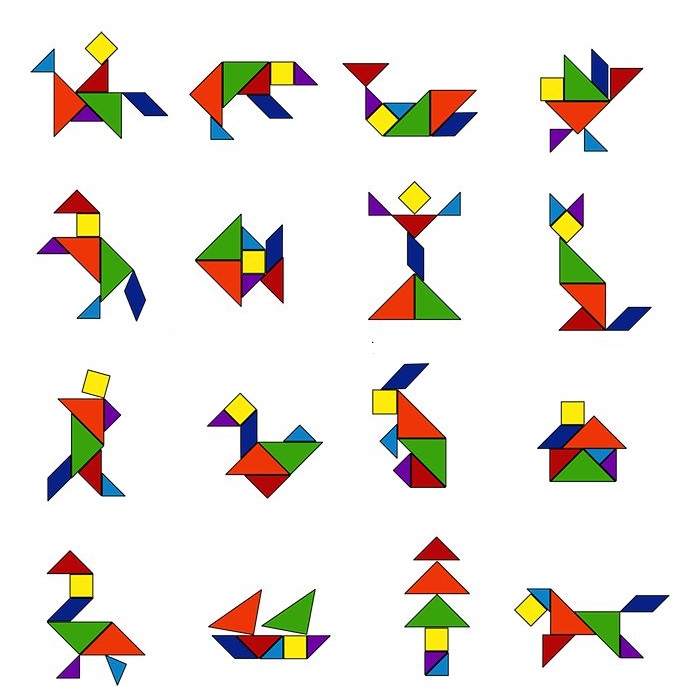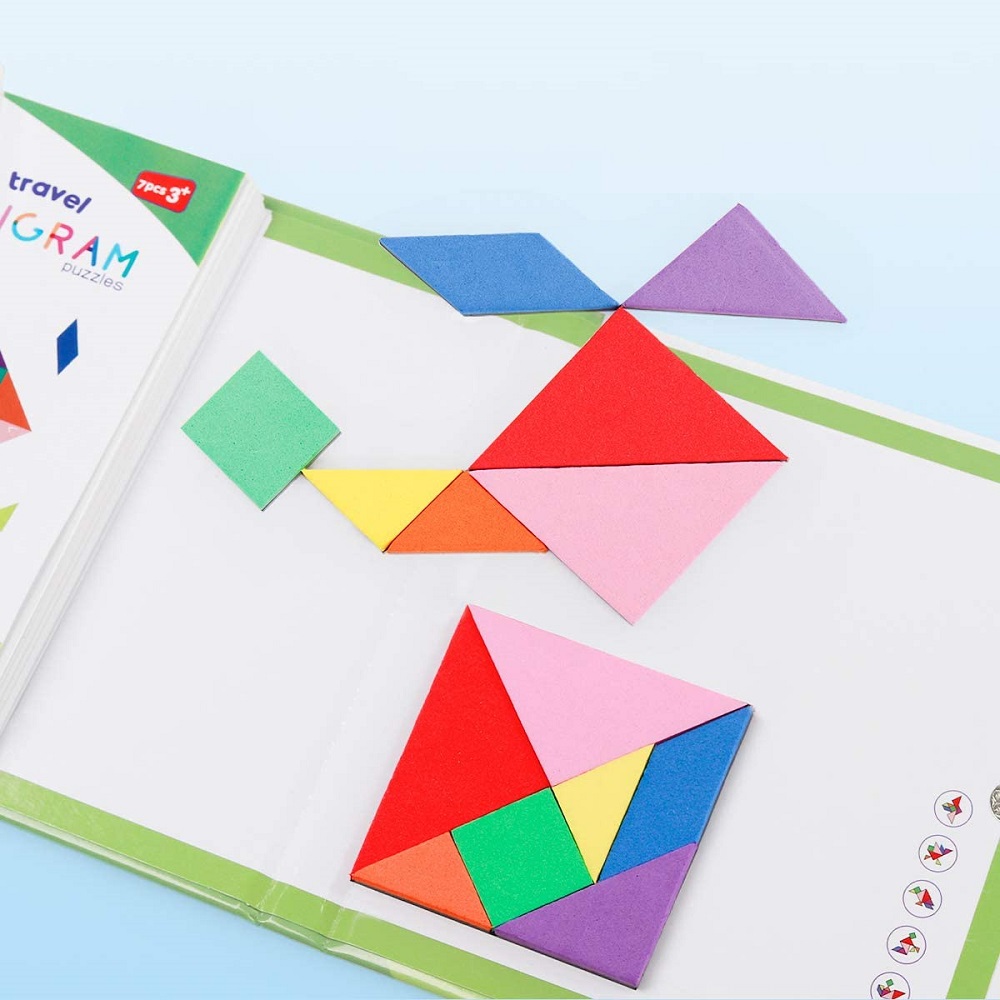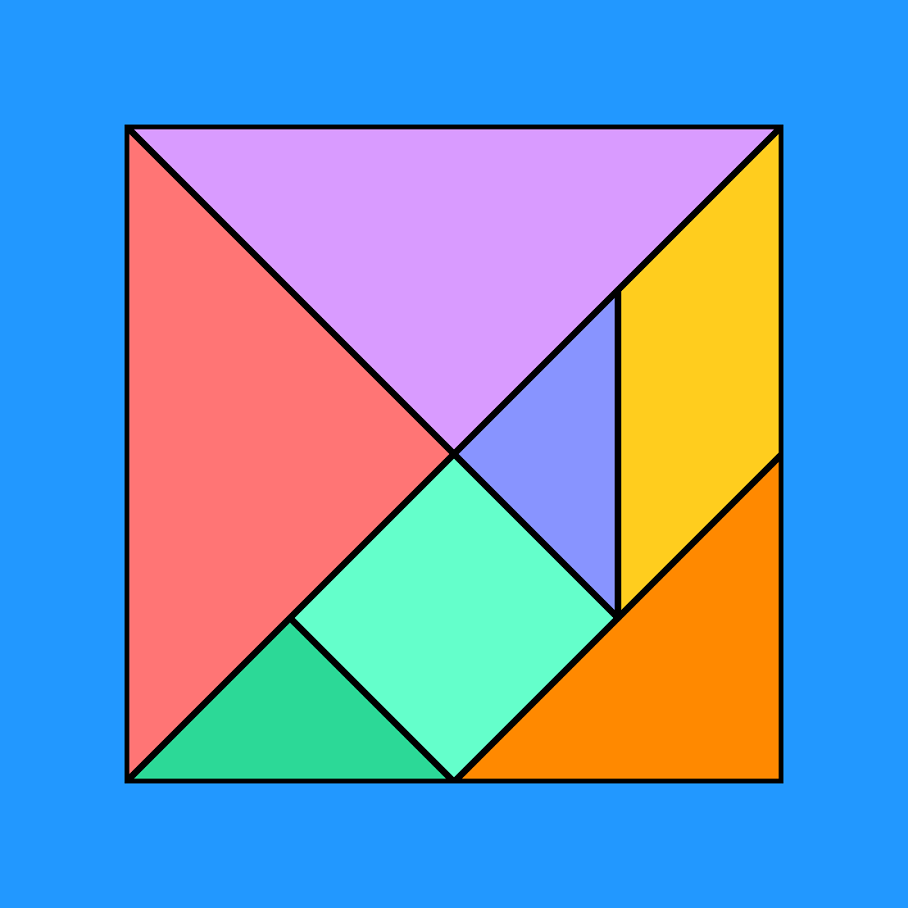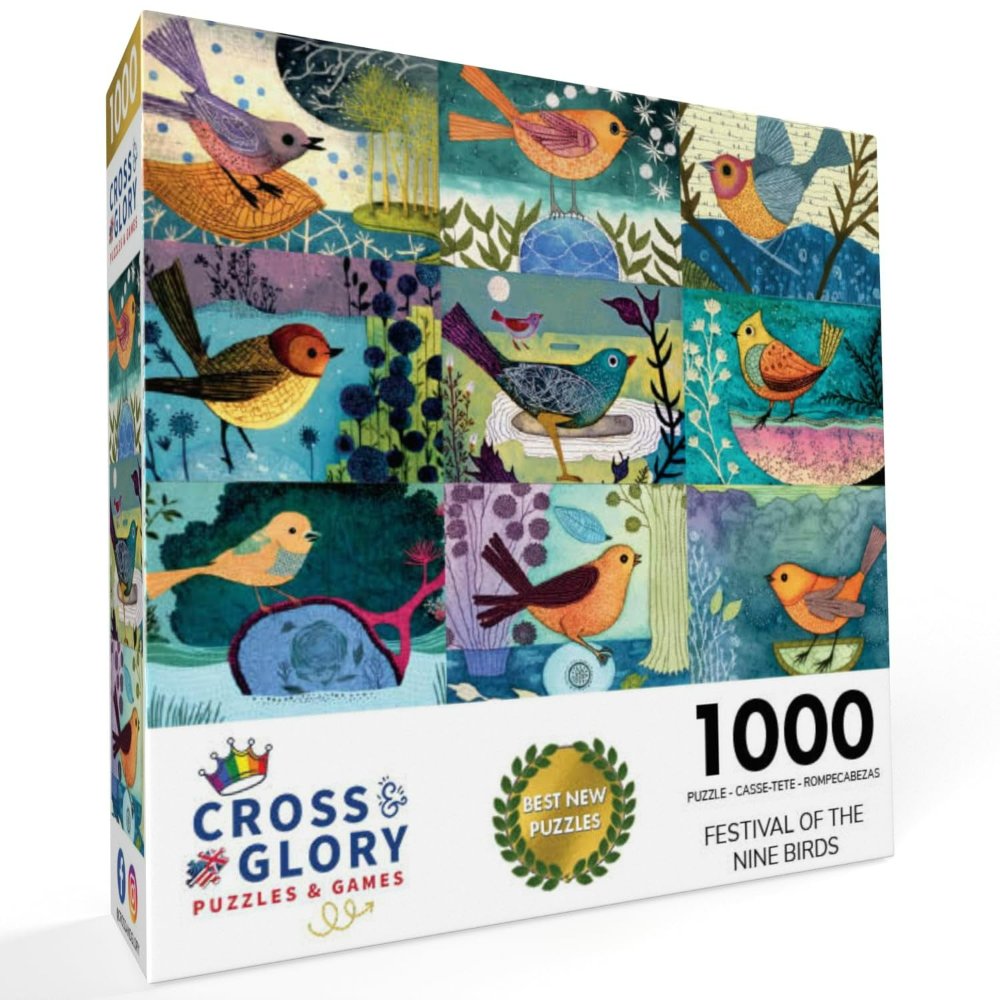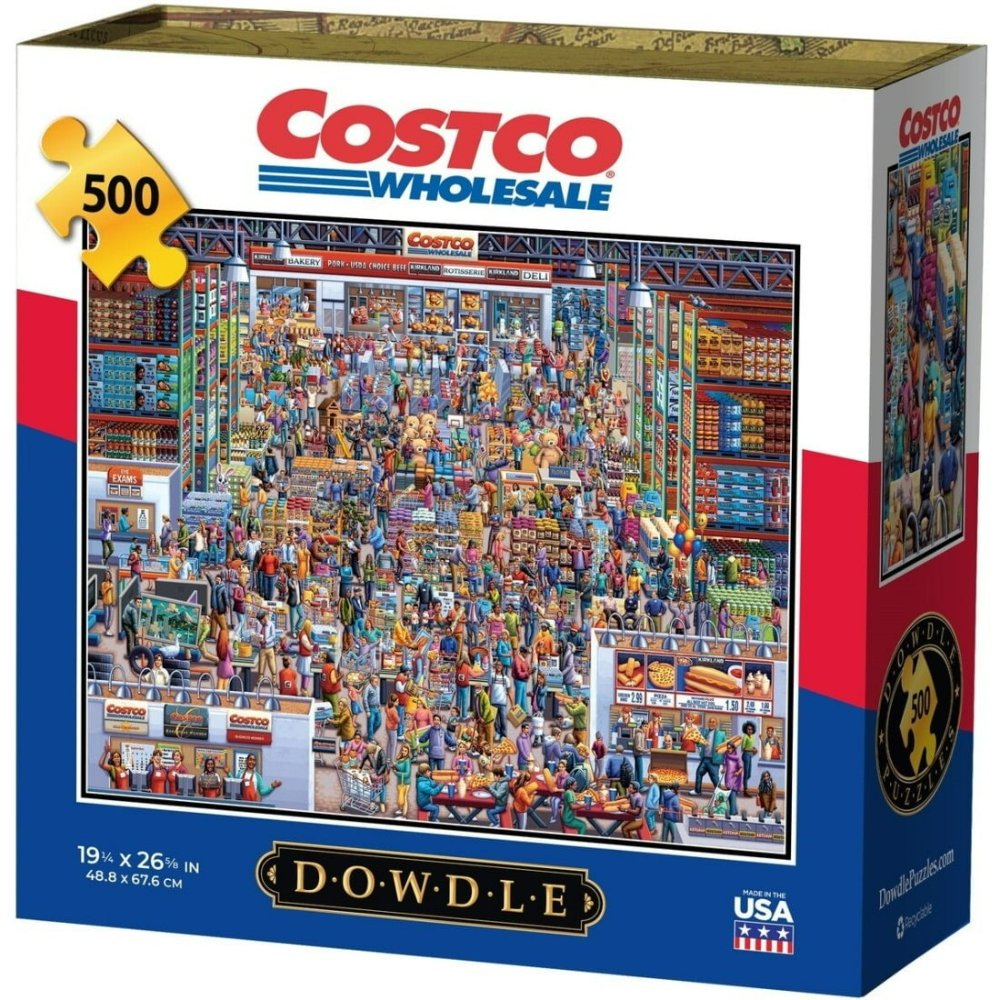Tangram flushing is an intriguing blend of traditional Chinese puzzle-solving and modern artistic expression. It draws inspiration from the ancient game of Tangram, which encompasses seven flat pieces, or tans, used to create various shapes. These shapes can range from simple geometrical patterns to more complex representations of animals, human figures, and everyday objects. Tangram flushing takes this concept further by incorporating intricate designs and advanced craftsmanship into the process.
Understanding Tangram: The Foundation of Tangram Flushing
The Origin and History of Tangram
The Tangram puzzle hails from China, with roots tracing back to at least the Song Dynasty in the early 12th century. Though its exact origins are obscured by time, the game became widespread in the early 19th century, thanks to the Chinese merchant ships. These ships brought Tangram puzzles to Europe, where the concept swiftly gained popularity. Here, the seven tans, typically comprising two large triangles, one medium triangle, two small triangles, one square, and one parallelogram, were used to create a myriad of shapes.
The Evolution of Tangram into Tangram Flushing
In its simplest form, the goal of Tangram is to rearrange the seven tans to form a specific shape without overlapping the pieces. However, enthusiasts and artists soon began to push the boundaries of the game. They started focusing on not just the shapes but also on the visual aesthetics and complexity of the patterns they could create. This marked the birth of Tangram flushing.
Tangram flushing elevates the basic principles of traditional Tangram into an art form. It incorporates more elaborate designs, use of various materials, and sometimes even three-dimensional elements. This evolution has resulted in a broader range of creative expression and has expanded the use of Tangram puzzles beyond mere pastime to meaningful, aesthetically pleasing creations.
Techniques and Materials in Tangram Flushing
Cutting Techniques
The cutting process in Tangram flushing is an art in itself. Precision is crucial. Craftsmen use various tools, from traditional saws and chisels to modern laser cutters, to achieve perfect cuts. This ensures that all pieces fit together seamlessly. Some artists prefer the tactile sensation of manual tools, which allow for intricate, hand-finished details, while others opt for the precision and efficiency of laser cutting. Each approach offers unique advantages and fuels the diversity of Tangram flushing.
Choice of Materials
Material choice significantly influences the final design. Traditional Tangram puzzles are made of wood, but contemporary Tangram flushing often utilizes a variety of materials. Wood remains popular for its natural aesthetics and workability. However, many modern artists experiment with materials such as acrylics, metals, and even glass. Each material offers distinct visual and tactile qualities, allowing artists to tailor their projects to convey specific themes or emotions.
For instance, using different shades of wood can add a layer of depth and contrast to the design. Metallic pieces introduce a futuristic, sleek look, while glass offers an elegant, ethereal quality. The choice of materials opens up endless possibilities for creativity and innovation.
Artistic Expression in Tangram Flushing
Crafting Complex Patterns
One of the hallmarks of Tangram flushing is the complexity and creativity of the patterns. Skilled artists often push the boundaries of traditional Tangram layouts, crafting designs that challenge perception and stimulate the mind. These patterns can be abstract or representational, ranging from intricate geometric arrangements to detailed depictions of landscapes or human activities.
Creating these complex patterns requires a deep understanding of spatial relationships and a keen eye for design. It involves balancing the individual tans in a way that achieves visual harmony and coherence. Artists often experiment with various configurations, striving to create compositions that are both aesthetically pleasing and intellectually stimulating.
Symbolism and Themes
Tangram flushing is not just about technical skill; it’s also about conveying messages and themes. Many artists infuse their designs with symbolism, using shapes and patterns to tell stories or evoke emotions. For example, a Tangram flushing piece depicting a crane might symbolize longevity and good fortune, aligning with ancient Chinese cultural beliefs. Similarly, abstract patterns might be used to explore concepts like balance, chaos, or transformation.
The themes can be deeply personal or universally relevant, adding a layer of meaning to the art. This symbolic aspect elevates Tangram flushing from a mere visual exercise to a powerful medium of expression, capable of resonating with viewers on multiple levels.
Tangram Flushing in Contemporary Art and Culture
Tangram Flushing in Modern Art
In the world of modern art, Tangram flushing has carved a unique niche. Contemporary artists leverage the traditional puzzle’s versatility and adaptability to create stunning works of art exhibited in galleries and museums globally. These pieces often explore the intersection of form and function, blending the logical precision of geometry with the free-flowing aesthetics of artistic design.
Many modern installations incorporate interactive elements, allowing viewers to engage with the art on a deeper level. This could involve rearranging the pieces themselves or being part of a larger, collaborative project. Such interactive pieces bridge the gap between artist and audience, fostering a deeper appreciation of the creative process behind Tangram flushing.
Influence on Design and Architecture
Beyond the realm of traditional and modern art, Tangram flushing has significantly influenced design and architecture. Architects and designers often draw inspiration from the principles of Tangram puzzles when conceptualizing spaces and structures. The emphasis on geometric shapes and balanced compositions can be seen in modern architectural designs, furniture, and even fashion.
For instance, modular furniture often employs Tangram principles, allowing for flexible and customizable arrangements. In architecture, some buildings feature facades or floor plans that reflect the same thoughtful, geometric precision seen in Tangram flushing. This cross-disciplinary influence underscores the versatility and enduring appeal of Tangram principles in various creative fields.
Educational and Therapeutic Applications
Educational Value
Tangram flushing offers immense educational value, especially in the fields of mathematics and spatial reasoning. Engaging with Tangram puzzles helps develop problem-solving skills, enhance hand-eye coordination, and foster creative thinking. As such, they are often utilized in educational settings to introduce students to these critical skills in an enjoyable and interactive manner.
At the elementary level, Tangram puzzles can help children understand basic geometric shapes and their properties. Higher levels of complexity allow older students to explore more advanced concepts, such as symmetry, area, and perimeter. Moreover, Tangram flushing can also introduce students to art and design principles, encouraging a holistic approach to learning.
Therapeutic Benefits
The therapeutic potential of Tangram flushing is equally significant. The process of arranging and rearranging pieces can have a calming effect, making it a valuable tool in stress relief and relaxation. This therapeutic aspect is leveraged in various therapeutic settings, including in work with individuals with developmental disorders or cognitive impairments.
Engaging in Tangram flushing activities can help improve fine motor skills, cognitive flexibility, and patience. It provides a structured yet creative outlet, allowing individuals to express themselves while benefiting from the cognitive and emotional challenges the puzzles present.
Conclusion: The Future of Tangram Flushing
The future of Tangram flushing looks bright, with continuous innovations and growing interest from artists, educators, and therapists alike. As new materials and cutting techniques emerge, the boundaries of what is possible within the realm of Tangram flushing will continue to expand. The blend of aesthetic appeal and intellectual challenge ensures that Tangram flushing will remain a beloved and respected art form for generations to come.
Continued Evolution and Innovation
Ongoing advancements in technology, particularly in digital design and manufacturing, are opening new avenues for Tangram flushing. Digital tools enable precise design plans, while advanced cutting techniques like laser cutting allow for intricate details and complex shapes. Virtual and augmented reality technologies are also being explored, providing new ways to visualize and interact with Tangram designs.
These technological advancements will likely lead to even more innovative and sophisticated Tangram flushing projects, pushing the art form into new and exciting territories.
Cultural Preservation and Global Influence
As Tangram flushing continues to evolve, it also plays a crucial role in preserving cultural heritage. By keeping the ancient game of Tangram alive and relevant, artists honor its historical significance while infusing it with contemporary relevance. This cultural preservation is essential in an increasingly globalized world, where traditional arts and crafts can sometimes be overshadowed by modern technology and trends.
Furthermore, the global spread and adaptation of Tangram flushing show its universal appeal. Artists and enthusiasts worldwide continue to find inspiration in the simple yet profound principles of Tangram, demonstrating its timeless relevance and versatility.
In summary, Tangram flushing is a fascinating and multifaceted art form that bridges the gap between tradition and innovation. Its rich history, diverse techniques, and wide-ranging applications make it a truly unique and enduring practice, cherished by artists, educators, and enthusiasts around the world.
